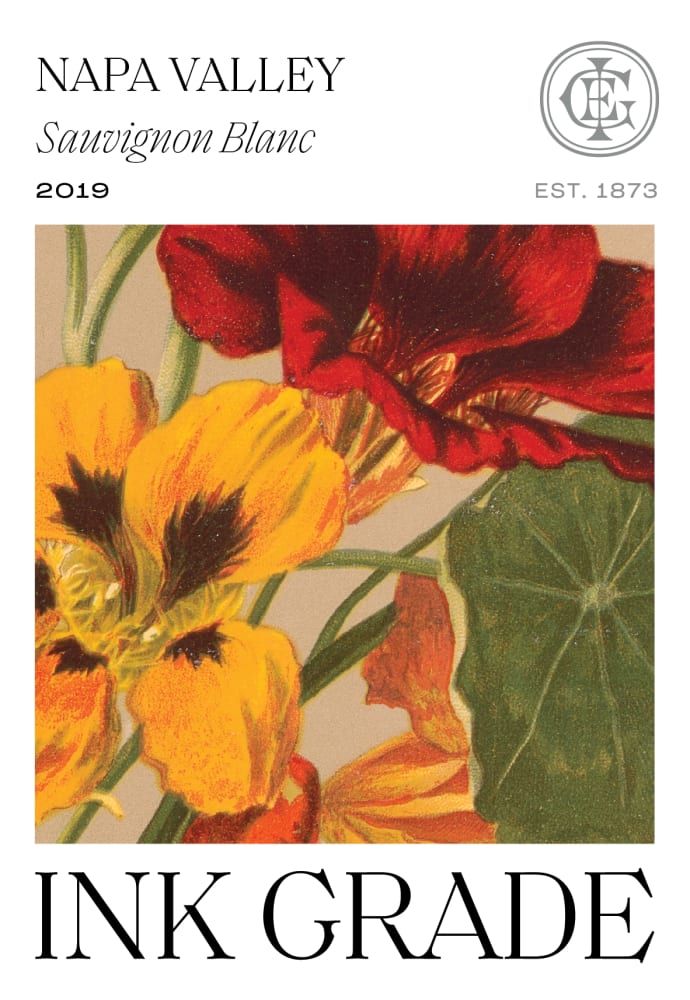Grand Cru is a classification system used in many wine regions throughout France, particularly in Burgundy and Alsace, to denote the highest-quality vineyards and wines. The term “Grand Cru” literally translates to “great growth,” and it signifies vineyards that are recognized as producing the finest wines.
In Burgundy, the Grand Cru classification system is based on the concept of terroir, or the unique combination of soil, climate, and other environmental factors that influence a wine’s character. The region has 33 Grand Cru vineyards, which produce some of the world’s most sought-after and expensive wines. These vineyards are located in a few specific villages, including Chablis, Gevrey-Chambertin, and Vosne-Romanée, and are further divided into smaller climats, or plots of land with distinct terroirs.
In Alsace, the Grand Cru classification system is based solely on the vineyard sites, with no consideration given to winemaking techniques or grape varieties. The region has 51 Grand Cru vineyards, which are divided into four categories based on the variety of grape grown: Riesling, Gewurztraminer, Muscat, and Pinot Gris. The wines produced from these vineyards are generally considered to be some of the finest expressions of their respective grape varieties.
In addition to Burgundy and Alsace, other French wine regions have their own versions of the Grand Cru classification system. For example, in Bordeaux, the term is used to describe the highest-quality wines from a particular château or vineyard, regardless of the terroir. In Champagne, Grand Cru refers to the best-quality vineyards in the region, which are known for producing grapes with high levels of acidity and flavor intensity.
While the Grand Cru classification system can be a useful tool for wine enthusiasts and collectors, it’s important to note that it is not a guarantee of quality. Factors such as vintage variation, winemaking techniques, and storage conditions can all have a significant impact on the final product. Additionally, some wine experts argue that the system can be overly restrictive and may not accurately reflect the quality of wines produced from smaller, lesser-known vineyards.
Despite these criticisms, the Grand Cru classification system remains an important part of the French wine industry and a symbol of excellence and prestige. Many winemakers and vineyard owners work tirelessly to maintain and improve their Grand Cru status, often through meticulous vineyard management and winemaking techniques. For wine lovers, the opportunity to taste a true Grand Cru wine can be a once-in-a-lifetime experience, offering a glimpse into the unique and complex world of terroir-driven winemaking.
Wine is sunlight, held together by water.”- Galileo Galilei


